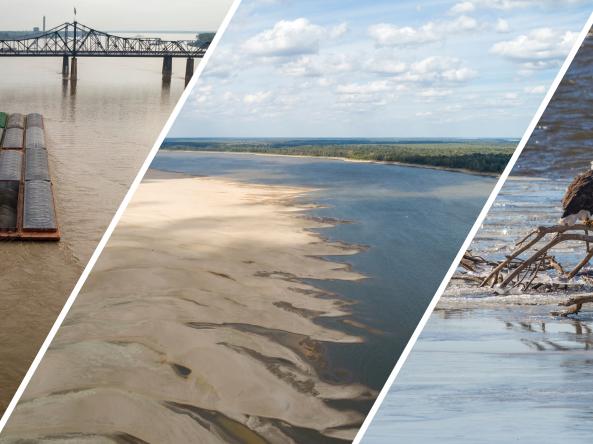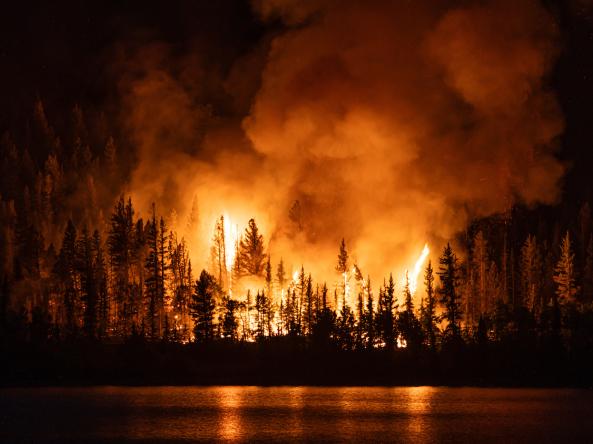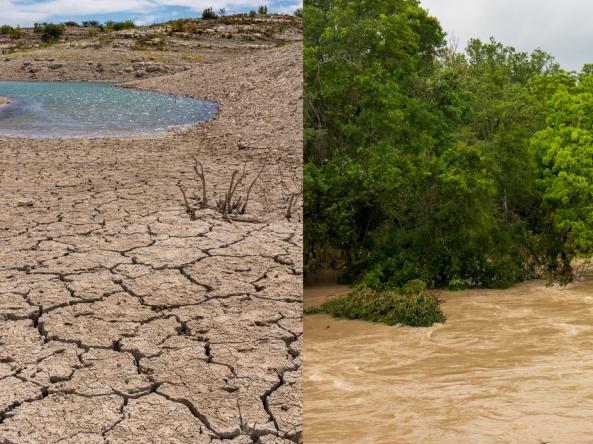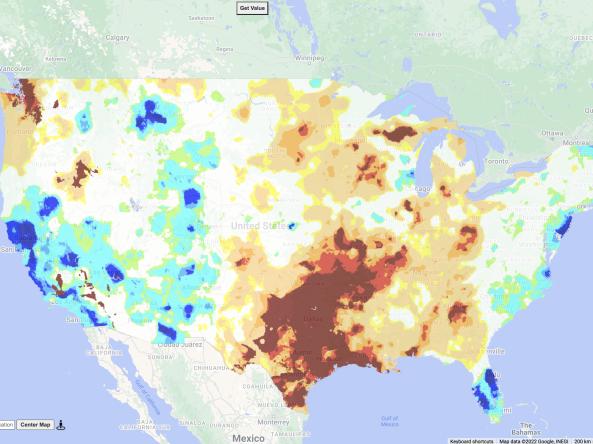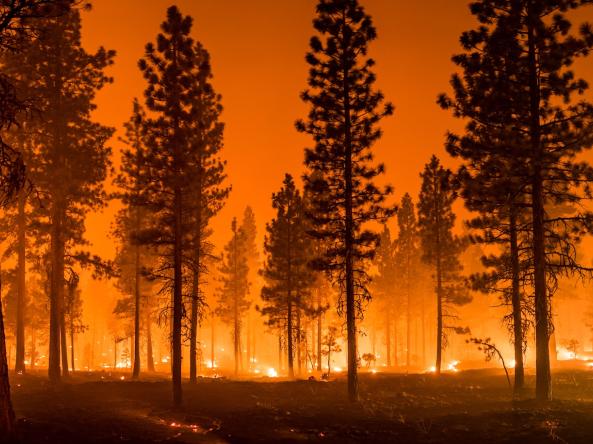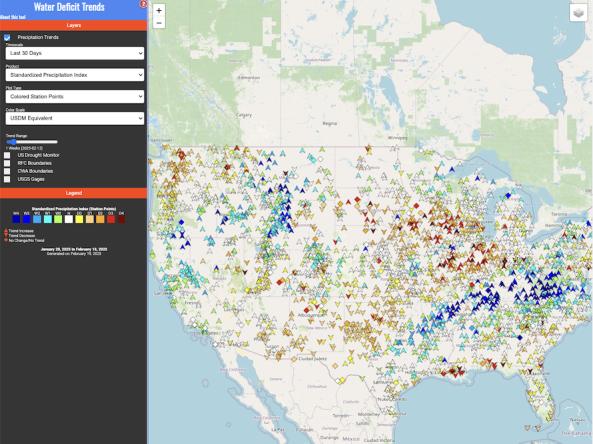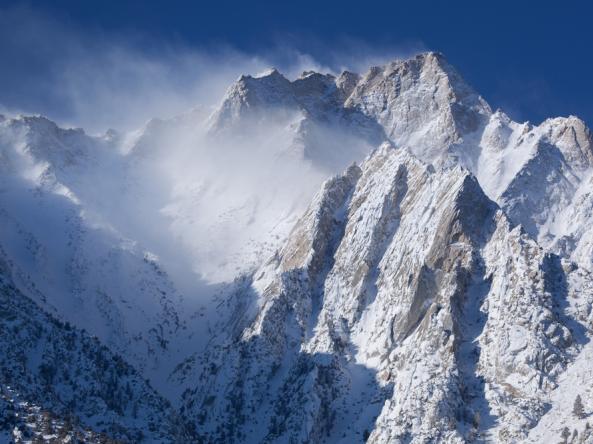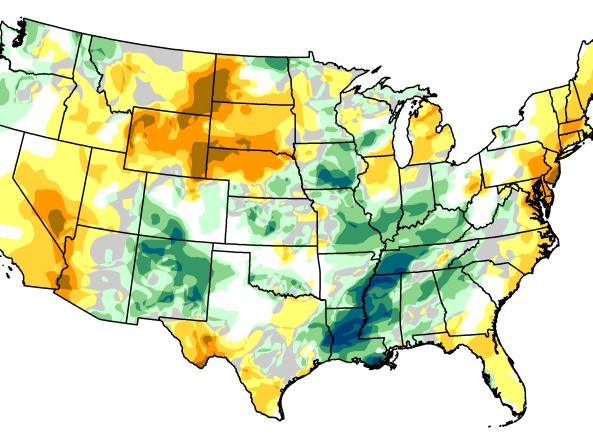For the latest forecasts and critical weather information, visit weather.gov.
As of June 3, 38.8% of the Missouri River Basin and 25% of the Southern Plains are in drought, according to the U.S. Drought Monitor. NOAA’s Climate Prediction Center predicts that drought will develop this summer from North Dakota through Nebraska and persist across large parts of the Missouri River Basin states. Kansas, Oklahoma, and northern Texas could see short-term drought improvement, but long-term drought impacts may remain.
Drought has expanded and intensified in much of the southwestern U.S. since the start of the water year (October 1, 2024). This summer’s outlook for warmer-than-normal conditions could intensify drought and wildfire conditions, but the monsoon may provide some potential for relief. Join the Southwest Drought and Wildfire Summer Outlook Webinar to get an update on the drought and outlook, as well as a look at the upcoming monsoon and wildland fire season.


